
A buckle fracture, otherwise known as a torus fracture or impacted fracture, is a common broken bone in children under the age of 12. Unlike complete breaks, buckle fractures don’t go all the way through the bone. This makes them more stable and less severe. They occur when a bone compresses suddenly, such as when a child uses their wrist to break a fall or lands on their feet harshly.
While rare, buckle fractures can happen in adults. This usually affects flat bones like the ribs, or in people with osteoporosis. Children are more at risk of a buckle fracture because their bones are softer and more flexible than adult bones. When the bone compresses, it bends outward, similar to crushing a soda can without breaking it. This leaves a bump at the site of the injury.
Where Can a Buckle Fracture Form?
Buckle fractures form near where compression and impact might take place. Usually, it affects the radius and ulna, which connect the wrist to the elbow; however, it can also affect bones like:
- The femur (thigh)
- The tibia (shin)
- The fibula (calf)
- The humerus (upper arm)
Symptoms of a Buckle Fracture
Symptoms of a buckle fracture include:
- Pain at the injury site
- Swelling
- Bruising or tenderness
- A noticeable bump or deformity
- Refusal to use the affected arm or leg
Never ignore a suspected buckle fracture. While the bone will normally heal without any deformities or instability, untreated fractures can lead to worse symptoms or improper healing. If your child has intense pain, severe swelling, or visible deformity, seek emergency care immediately.
Buckle Fracture Treatment
Diagnosing a buckle fracture usually involves a physical exam and an X-ray to confirm the fracture and check bone alignment. Because buckle fractures don’t go through the entire bone, they’re very stable and heal faster than most other fractures. Most children heal with a simple splint or removable brace to help with pain and swelling; surgery is not needed for buckle fractures.
A brace can be removed for bathing and sometimes for sleeping or activities like swimming as healing progresses. However, until the injury heals fully, your child should wear the brace when possible. Once the pain is gone, they can stop using it. Most children only need the brace for 3 to 4 weeks. After that, they can return to regular activities.
Recovery
If your child is in a lot of pain, over-the-counter pain relievers like ibuprofen or acetaminophen can help manage discomfort during recovery. No prescription medicines will be necessary during recovery. Children typically return to school during recovery but should avoid sports until their symptoms fully resolve. They can usually resume all physical activities about a month after the injury, once cleared by their provider. Since these fractures don’t involve the growth plate, there’s no risk of bone length differences or long-term deformities or complications.
How to Prevent Buckle Fractures
You can reduce your child’s risk for buckle fractures by following basic safety practices, such as:
- Wearing proper sports gear
- Keeping floors clutter-free
- Using seatbelts
- Avoiding standing on furniture
- Encouraging a diet rich in calcium and vitamin D
Buckle Fracture Doctor in Louisville, KY
If you or someone you love has suffered a buckle fracture or broken bone injury in the Louisville, Kentucky-area, board certified sports medicine physician Dr. Stacie Grossfeld at Orthopaedic Specialists PLLC can help. Orthopaedic Specialists PLLC is accepting new patients, and same day appointments are available. For additional information or to schedule an appointment, please contact Orthopaedic Specialists PLLC today at 502-212-2663.

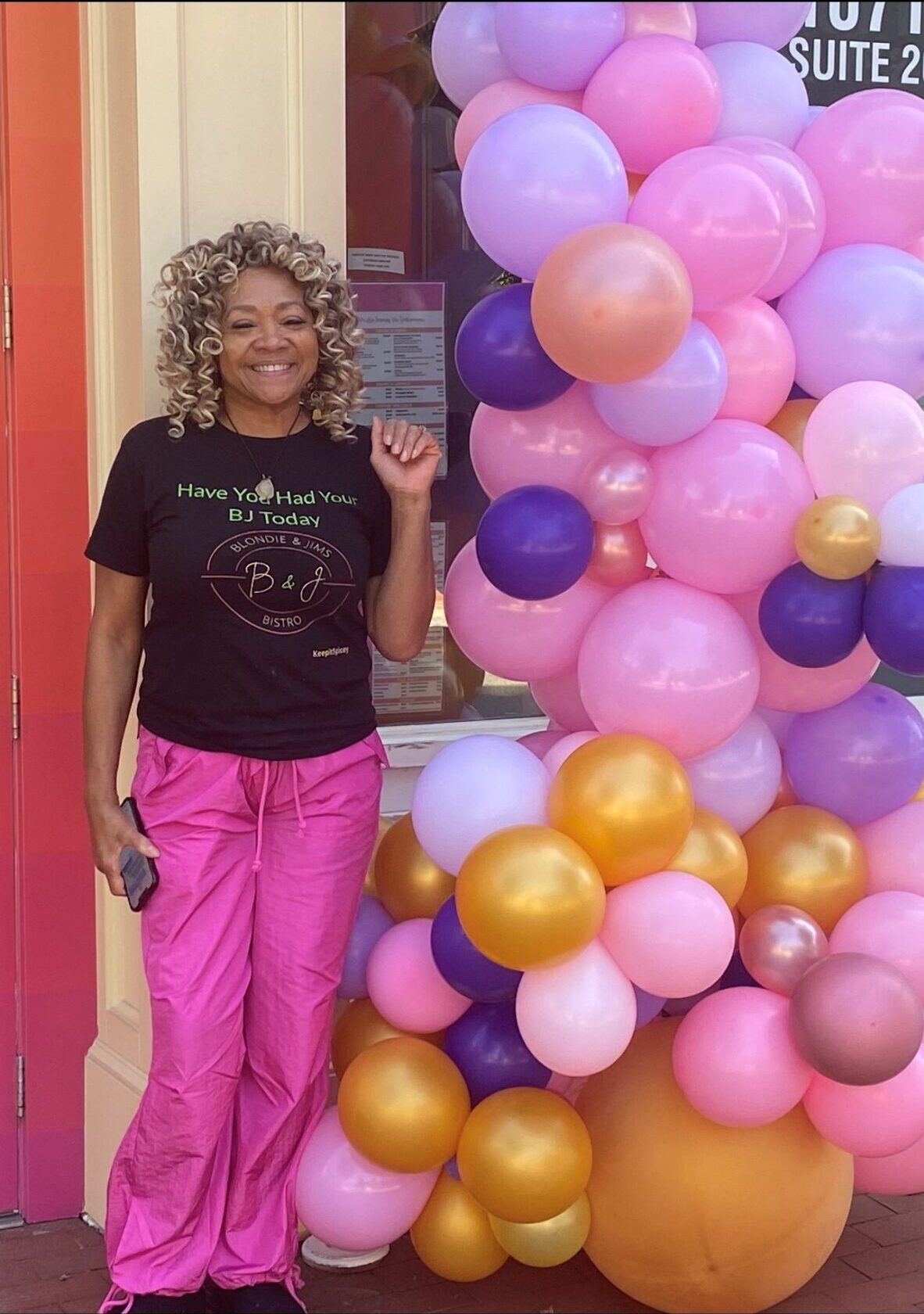
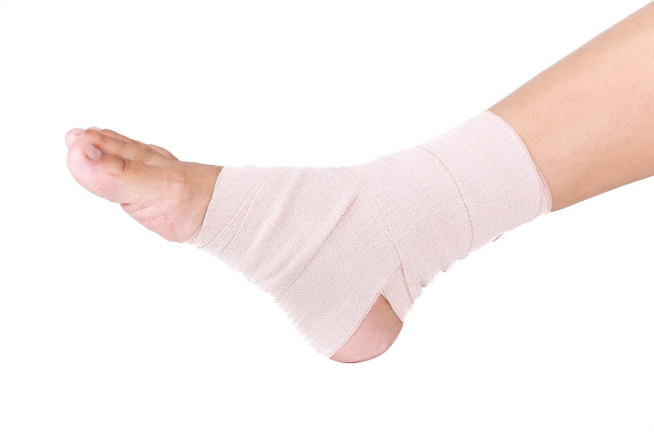
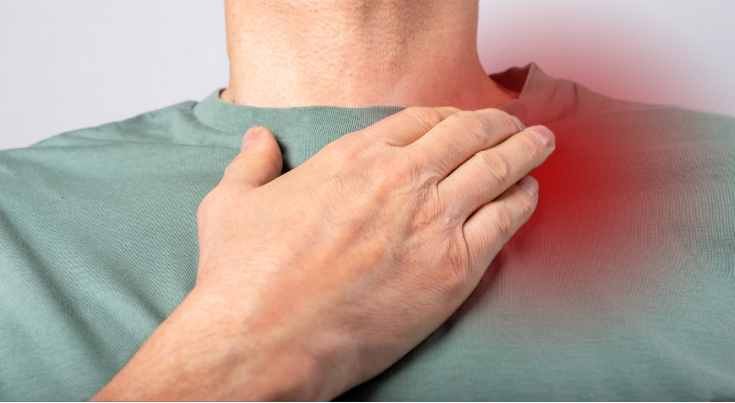
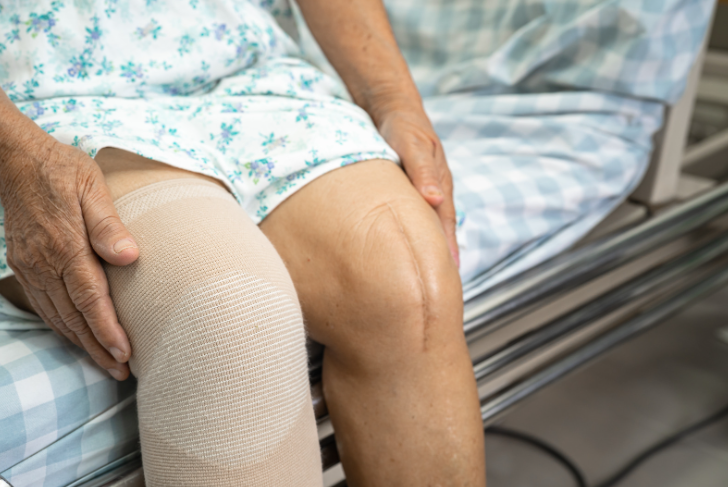
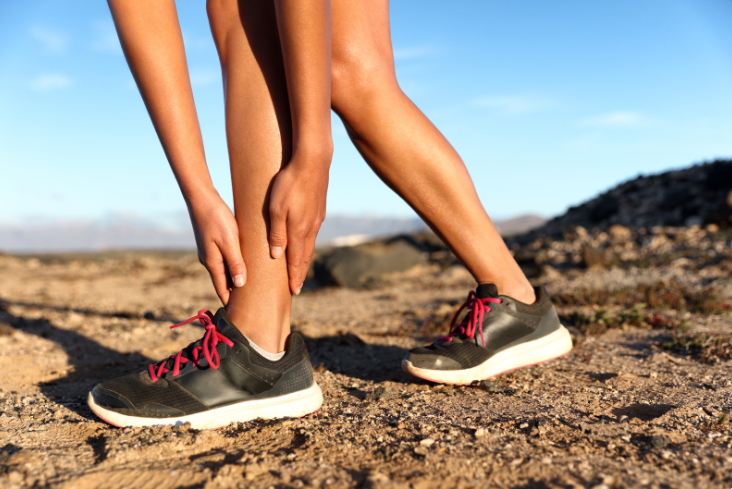
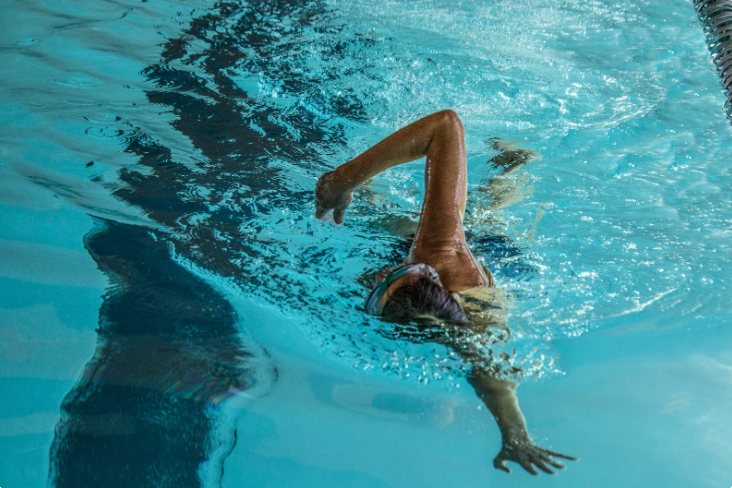
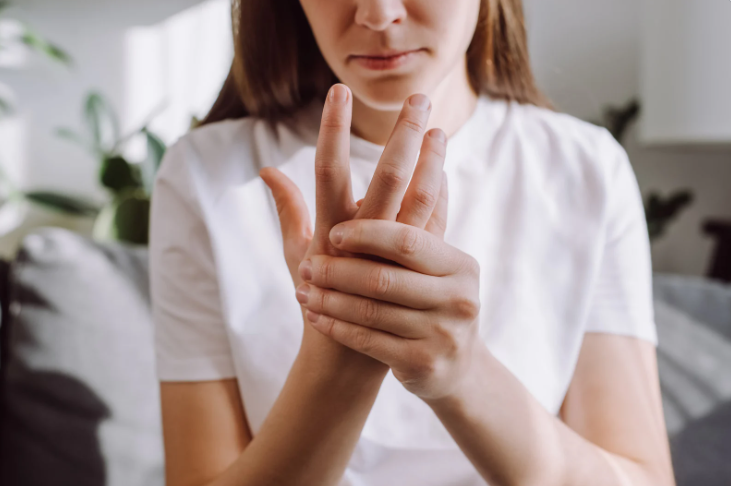

Recent Comments